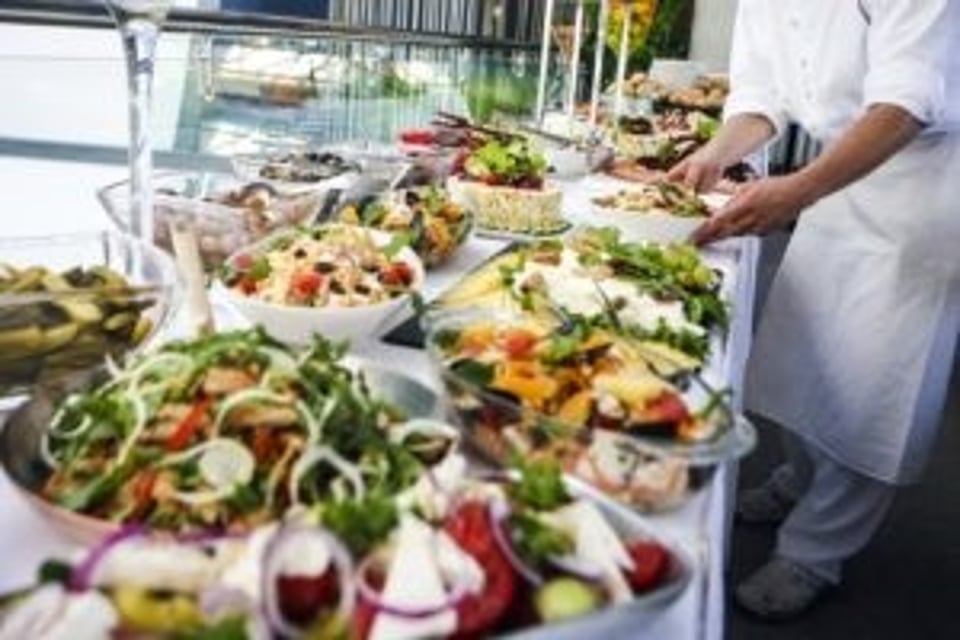
Restaurant Technology: Insights for Growth
Restaurant Scalability
Restaurant scalability has become a more achievable goal in the past decade with advances in restaurant technology that have made it easier to manage food and labor costs, create new revenue streams, track and forecast sales, manage inventory, automate the vendor payment process, and more. Automation maximizes efficiency and helps to improve profitability, while scaling the business for growth.
Navigating the growing number and types of technologies available in the restaurant industry can create its own set of challenges. Below are some tips for making technology choices based on your restaurant group’s growth objectives. And, if you want a more in-depth review of restaurant technology to scale for growth, read our latest e-book.
Cloud-based Software
Cloud-based software gives you the flexibility of connecting to your restaurant business anywhere, any time and from any device. Having a cloud-based POS system and a cloud-based accounting system is especially important.
Additionally, a POS system that connects with your other cloud-based restaurant technology providers can streamline processes and reduce inefficiencies. It’s crucial that your cloud-based POS system integrates seamlessly with your cloud-based accounting system to centralize your daily sales and labor data. Keeping track of this data daily enables you to make immediate, data-driven decisions.
Advanced, Real-Time Reporting
Having immediate visibility into all the key drivers of your restaurant performance is a strategic differentiator for your successful operation. Your POS system and restaurant management system holds data on your sales, labor, inventory, menus and various operational and financial aspects of your business, but it requires real-time access to the data to generate actionable insights for day-to-day operational decision-making, as well as to make decisions about when and how to expand your business. Real-time reporting keeps you up to date on your spending, allowing you to make immediate, data-driven decisions to control your prime costs.
Accounting Software
Next generation accounting software is cloud based and if it’s specific to the restaurant industry, incorporates the features you need to streamline your restaurant’s accounting processes and eliminate time-consuming, error-prone tasks. These features can include accounts payable automation, bank reconciliation, automated receivables management, automated workflow, and real-time financial reporting.
In order to take full advantage of the features of a cloud-based accounting system, it should connect with your POS system, payroll processor, vendors and bank. In addition, advanced accounting software integrates AP automation as part of the platform and can significantly reduce manual accounting tasks.
Bank Integration
As your restaurant business grows, the end-of-month bank reconciliation nightmare grows exponentially. Advanced restaurant management systems can connect directly with your bank, allowing you to connect your financial institutions directly to the bank activity feature in your accounting software and automatically download your bank activity transactions. Consequently, with direct integration, you can reconcile your activity every day in just minutes, rather than waiting until the end of the month.
Scheduling Software
Streamlining communication, promoting employee engagement and reducing labor costs are key to a successful scheduling system. Scheduling software must allow managers to easily create staff schedules, approve or deny employee time off and shift swap requests, and communicate messages about shift openings or other important updates from their mobile device or desktop. A mobile app for employees is also a must have as your restaurant business grows.
Inventory Management
Beyond keeping track of what food items are coming in and what’s going out, modern inventory management software can do so much more. Some next-generation software even provides suggestive ordering to reduce over ordering and food waste. One that integrates with your POS system and restaurant management software sets your restaurant business on a clear path to success and growth.
Technology for New Revenue Streams
Catering and third-party restaurant delivery are trends that are creating new avenues for restaurants to grow their revenues. If you’re going to offer customers the option of both direct and third-party delivery, you must be sure that your POS system provides an in-house online ordering platform in addition to integrating alongside third-party delivery partners.
Also, if you choose to increase revenues through catering, it is wise to select catering software that is integrated with your accounting, operations, scheduling and food costing to give you a comprehensive solution that is cohesive with your non-catering restaurant operations.
Guest Experience Technology
Today’s restaurant customers are technologically savvy, connected, and have high expectations. They want seamless and engaging technology experiences.Consequently, savvy restaurant operators are adopting customer-facing technology such as kiosks, mobile-ordering apps, SMS marketing, loyalty software to meet those demands. Consumers also expect to engage with your restaurant business through social media.
Restaurant brands who understand their customers and capitalize on digital/technology investments can drive increased dining frequency, check size, customer conversion and loyalty.
Tying it All Together
With next-generation, cloud-based technology, restaurants can streamline processes and deploy labor assets more productively. By offloading manual-intensive tasks to technology, staff members are free to work on more purpose-driven work in the restaurant. The right technology not only promotes better customer engagement but enables employee engagement as well, both of which are critical to the success and growth of your restaurant business.
For a more in-depth review of restaurant technology to help you grow your restaurant business, read our latest e-book, Guide to Restaurant Technology to Scale for Growth.
Morgan Harris is Co-Founder of Restaurant365, an enterprise accounting, back-office, and reporting solution specific to the restaurant industry. Harris has worked in accounting since 1998 and earned his CPA license while working with PriceWaterhouseCoopers. In his role at Restaurant365, Harris supports large accounts, strategic partnerships and executive-level sales. Harris is passionate about software and its potential to help growing restaurant businesses.










